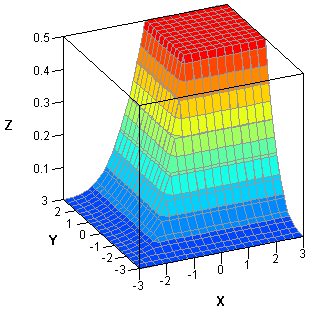
A SAS programmer asked for a list of SAS/IML functions that operate on the columns of an n x p matrix and return a 1 x p row vector of results. The functions that behave this way tend to compute univariate descriptive statistics such as the mean, median, standard deviation, and quantiles. The following





